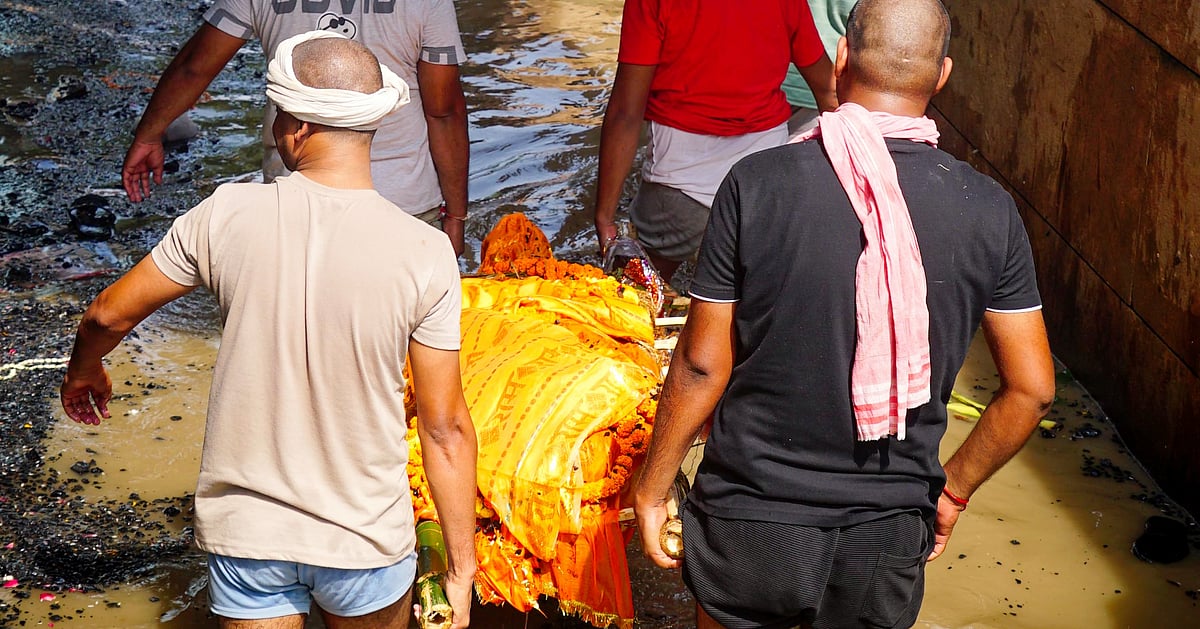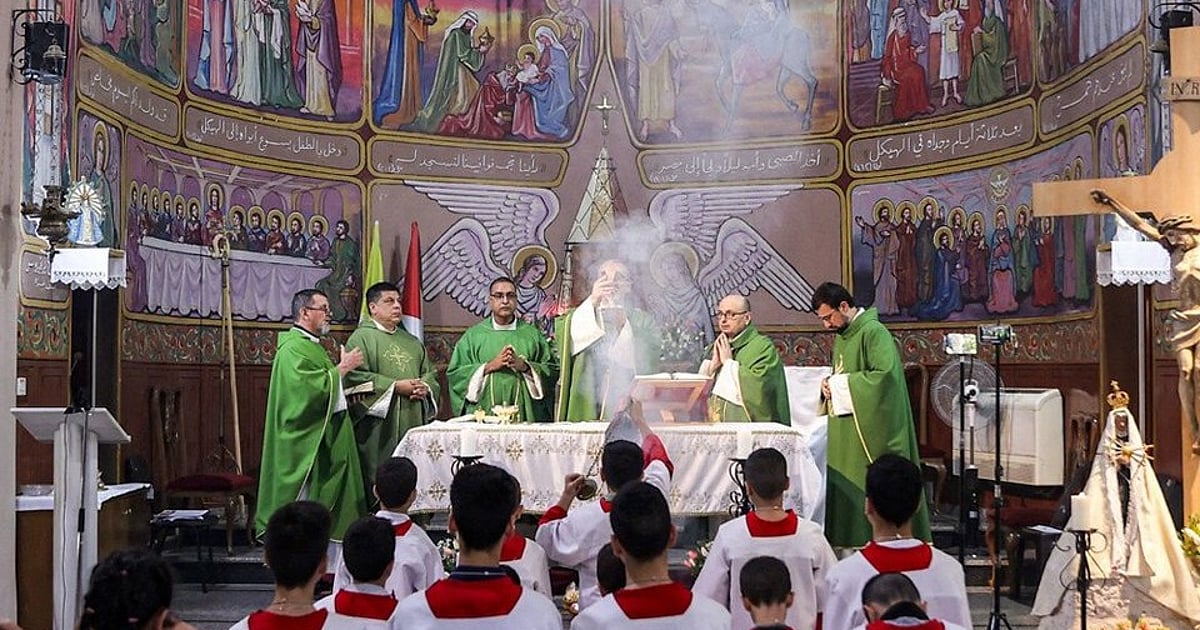Politics
Missing tribals

Nevertheless, the trust never translated into the acceptance of the Maoist ideology that glorifies violence as a means of power.
This calm resistance appears the most during the elections, when rare but powerful images emerge: tribals walk up to miles through dense forests, cross rivers and navigate the hills, to cast their votes – to boycott the elections, defying the Maoist calls. Sori raised an important question: “Maoists can disappear, but will the struggle of the tribals end in the settlement?” She points to the real issue: the government’s tireless push for mining. “If the tribals choose democratic means to protest, will the government listen to them? When companies like Adani or Jindal reach, and the tribals protest, will the government not work against them?”
Sori says that Bastar is currently trapped in three-way struggle: the government, Maoists and tribals-are all different but overlapping struggles.
Former Parliament member Arvind Neetam, who served as ministers in Indira Gandhi and Narasimha Rao governments, shares Sori’s concerns. He sees the current stage with suspicion. “Maoism is not just a rebellion, it is an ideology. No one can guess when or how such ideology can resurve,” he warns.
Netam challenges the great definition of development. “For the government and many others, development means mass mining and industrialization. But have anyone ever asked the tribals what they see as development?”
He admits that the aggressive state’s aggressive has weakened the Maoists, but asks a deep question: what do the tribals get from all this? What happens to those who were not really part of the fight, but were always stuck in the middle?
According to a report, 36 of 51 mining leases have been allocated to private companies in seven districts of Bastar. The region accounts for 19 percent of the country’s iron ore reserves, including the famous Beladila Khan, which is considered the best in Asia.
Politics
The ECI still silences the small Gujj for Rs 4,300 crore on Rahul’s questions. Parties

The Election Commission of India (ECI) has continued silence on a shocking revelation about political donations which is doing a growing investigation. Despite public appeals, especially opposition Rahul Gandhi’s Congress MP and Lok Sabha leader, Pol Body has not yet clarified whether it will investigate reports that 10 small known political organizations in Gujarat received Rs 4,300 crore between 2019-20 and 2023-24, like Dainik Bhaskar Based on data collected from ECI.
There are 10 parties nominated in the report: Lokshahi Ptan Party, Bharatiya Rashtriya Janata Dal, Swatantra Abivakti Party, New India United Party, Satyavadi Raksha Party, Bharatiya Janata Parshad, Gujarat Sarwa Samaj Party, brother
The absence of any official statement comes at a time when public confidence in electoral transparency is already under stress. Gandhi, who is currently leading the Voter Adhikar Yatra in Bihar, has accused the ECI of selective intervention, it has charged with an eye to an eye for the irregularities strike in the heart of Indian democracy.
Blame
In a post in Hindi on X on Wednesday, Gandhi highlighted the report, stating that ten political parties, unknown for almost voters, collectively received Rs 4,300 crore in donations. These groups selected only 43 seats in three elections – 2019 and 2024 Lok Sabha elections and 2022 Gujarat Assembly Polls – receiving only 54,069 votes.
The concerns that have increased the concerns are the gap between their reported expenditure and audit records. According to the filing, the parties claimed that they have spent only Rs 39.02 lakh, yet their audit books have shown the cost of above Rs 3,500 crore. Gandhi gave three indications: “Where did these thousands of crores come from? Who is running these parties? And where did the money go?”
Politics
Growing Ganga flood Varanasi Ghat; ‘Aarti’, the cremation moved to the roofs

In the Lok Sabha Constitution of Prime Minister Narendra Modi, the inflamed water of the Ganges has thrown civil life and religious practice in the upheaval, even political temples have been agitated to deal with the administration’s crisis.
By Thursday morning, the river had extended the 70.262 meter warning level to reach 70.91 meters–71.262-meter close to the danger mark. In Dashshwameh Ghat, the lower steps are submerged, which forces the Ganga Seva Rahali to move the prestigious evening Ganga. Hindu ritual of worship For roofs.
The crematorium of Harishchandra and Manikarnika Ghat has also been transferred to high platforms, while the Sheetla Mata Temple is surrounded by flood waters.
The Varun River, a tributary of the Ganges, Sugar Pond, Purana Pulse, Nakki Ghat, Pulkohana and Dandayalpur have spread to residential areas, which are displacing families and participate in homes. In neighboring Mirzapur, Ganga uprooted its warning mark on the Ozla Bridge, increased by 76.820 meters, the authorities reported an increase of about one cm per hour.
District Magistrate Satyendra Kumar has placed departments on high alert, directing municipal teams to ensure cleanliness in relief camps and is to spray anti-movement in the neighborhood with waterfalls. Nevertheless, anxiety remains at the fragility of Varanasi’s centuries -old drainage system, once celebrated as an engineering miracle, but now uncontrolled urbanization and neglect are compromised, leaving the city’s health to the city’s prolonged floods.
Politics
Israel called the ‘unavoidable’ withdrawal; Trump talks suspects on the post -war Gaza

Israel has collected Thousands of thousands of reservoirs For the next phase – on the objections of their own citizens. Prime Minister Benjamin Netanyahu said that the army will continue with its campaign to reduce Hamas while continuing efforts towards a ceasefire.
Hamas said last week that he had accepted a ceasefire scheme from Arab media. Qatar – who has rarely blamed in a year of mediation – said on 26 August, Tuesday, that Israel still did not reply formally and “does not want to reach an agreement”.
Last week, an official of a Qatari described the proposal as “almost identical”, advocated by American messenger Steve Witcoff and was first accepted by Israel.
The proposed deal includes 60-day stoppage in the fight; The release of some of the 50 hostages is still in exchange for hundreds of Palestinian prisoners; Increase in human assistance for Gaza; And an outline for permanent ceasefire talks.
Many members in Netanyahu’s alliance oppose such phased agreements. But inside Israel, the protest has increased, as the relatives of the hostages, freed the former hostages and their supporters demand a truss – and many also want the end of the Palestinian starvation. The government and its staunch colleagues, however, emphasize that an extended aggressive is the best route to free the hostage and prevent Hamas from starting future attacks.
Why Trump is presiding over this ‘separate’ meeting outside the Middle East Arbitration
In Washington, US State Secretary Marco Rubio was also expected to meet Israeli Foreign Minister Gidon Sire today.
Steve Witchoff told Fox News on Tuesday, August 26, that President Donald Trump had planned to preside over a separate meeting with a “a very comprehensive plan”, but the nuances were not revealed – and the program meeting for Wednesday does not show the program meeting of Trump.
-

 IPL3 months ago
IPL3 months ago‘Any nahhi numba hai’: Furious MS Dhoni loses cool, CSK shouts at players – Watch. Cricket news
-

 Sports3 months ago
Sports3 months ago‘Is MS Dhoni fit or not?’ Cricket news
-

 IPL3 months ago
IPL3 months agoExplained: Why Punjab Kings will get two opportunities to reach IPL 2025 final
-

 National News3 months ago
National News3 months agoIndian Youth Congress started fellowship program for young lawyers
-

 IPL3 months ago
IPL3 months agoIPL 2025: Hardik Pandya hit the unique ‘Triple Century’ in T20S.
-

 IPL3 months ago
IPL3 months ago‘No, you can’t take it …’: Shreyas Iyer’s bold statement. Cricket news
-

 Sports3 months ago
Sports3 months agoHow Rohit Sharma’s bad form with BAT is damaging Mumbai Indians’ IPL 2025 campaign
-

 IPL3 months ago
IPL3 months agoAnil Kumbal on Shubman Gill: ‘Captaining India is different from the captaincy of a franchise’. Cricket news
